MVPs In Agtech: A Digital Revolution For Farming
Are you ready to witness a digital revolution in farming? Picture this: a farmer, once burdened with the daunting task of manually monitoring crops and managing resources, now equipped with cutting-edge technology that maximises crop yield and efficiency. This is the power of MVPs (Minimum Viable Products) in AgTech.
Imagine a world where precision farming becomes the norm. By using advanced sensors and data analytics, farmers can precisely monitor soil moisture levels, nutrient content, and even predict pest outbreaks. Armed with this knowledge, they can optimise irrigation schedules, apply fertilisers more efficiently, and protect their crops from potential threats.
But it doesn’t stop there. Drones take flight over vast fields, providing aerial surveillance for precision agriculture. These unmanned aerial vehicles capture high-resolution images that reveal valuable insights about plant health, growth patterns, and areas requiring immediate attention.
The Internet of Things (IoT) connects farms like never before. Sensors imbedded in soil monitors temperature fluctuations while cameras track livestock movements. With real-time data streaming in from all corners of the farm, decision-making becomes data-driven and highly informed.
Vertical farming emerges as an innovative solution to limited land availability. By growing crops indoors under controlled environments using artificial lighting and hydroponics systems, farmers can overcome seasonal limitations and increase production efficiencies year-round.
And what about robotics? Machines designed specifically for agriculture automation are revolutionising farming operations. From autonomous tractors ploughing fields to robotic harvesters gently picking ripe fruits off trees, these intelligent machines alleviate labour shortages while increasing productivity manifold.
However, amidst this digital transformation lies the need for sustainable agricultural practises – finding the delicate balance between productivity and environmental impact. By adopting techniques such as organic farming methods or implementing renewable energy solutions on farms like solar panels or wind turbines– farmers pave the way towards a greener future without compromising on output.
In this article series on ‘MVPs in AgTech: A Digital Revolution for Farming,’ we will delve deeper into each of these technological advancements, exploring their benefits, challenges, and potential for transforming the agricultural landscape.
Strap in and get ready to witness a groundbreaking era in farming that promises to feed the world more efficiently while preserving our planet for generations to come.
Key Takeaways
- MVPs in AgTech, such as precision farming and drones, maximise crop yield and efficiency.
- IoT integration in farming operations enables smart irrigation, soil analysis, and data-driven insights.
- Vertical farming overcomes limited land availability and allows for controlled environment crop growth.
- Robotics in agriculture automation increase productivity and alleviate labour shortages.
Precision Farming: Enhancing Crop Yield and Efficiency

Precision farming is revolutionising agriculture by improving crop yield and efficiency through the use of advanced technology. With the advent of precision farming techniques, farmers are now able to monitor their crops more effectively, leading to higher yields and reduced waste.
Crop monitoring plays a crucial role in this process, as it allows farmers to keep track of various factors such as soil moisture levels, nutrient content, and pest infestations. By collecting real-time data on these variables, farmers can make informed decisions about when and how much water or fertiliser to apply, resulting in optimised crop growth.
One key aspect of precision farming is smart irrigation. Traditional irrigation methods often rely on a fixed schedule or manual assessment of soil moisture levels. However, this approach can lead to overwatering or under-watering of crops, both of which can have detrimental effects on yield and quality. Smart irrigation systems utilise sensors that measure soil moisture levels at different depths and automatically adjust watering schedules accordingly. This not only ensures that crops receive the right amount of water at the right time but also helps conserve water resources.
By incorporating precision farming techniques like crop monitoring and smart irrigation into their operations, farmers can significantly enhance their overall productivity while minimising environmental impact. These technologies enable them to optimise resource allocation, reduce input wastage, and ultimately increase profitability. Furthermore, by using advanced technology to improve efficiency in agriculture, we’re taking a step towards sustainable farming practises that promote long-term ecological balance.
Transitioning into the next section about drone monitoring: aerial surveillance for precision agriculture, drone monitoring provides another valuable tool for precision agriculture by offering detailed aerial surveillance capabilities.
Drone Monitoring: Aerial Surveillance for Precision Agriculture
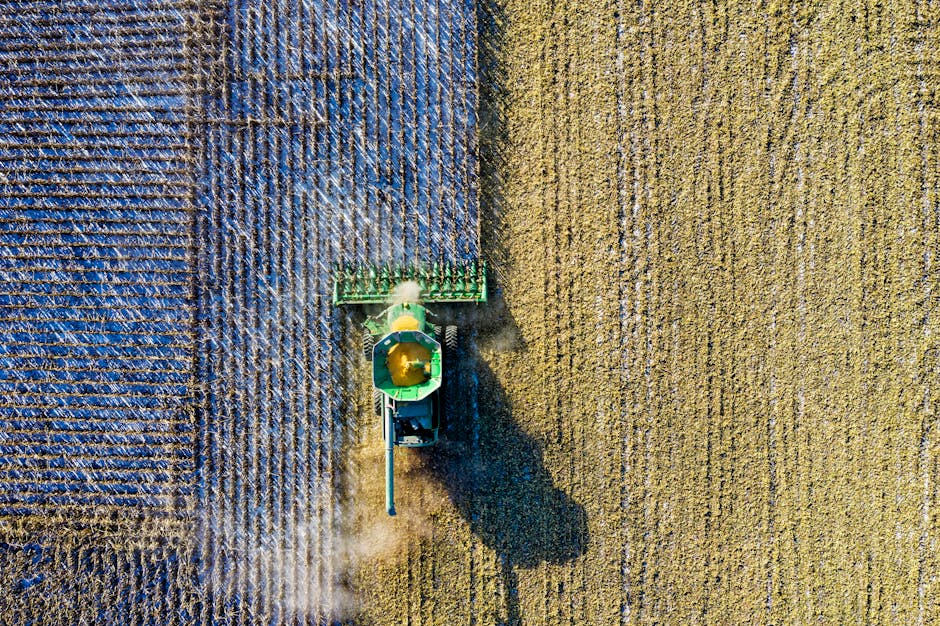
Take advantage of drone monitoring to gain a bird’s-eye view and efficiently monitor your crops for optimal growth and yield. Agricultural drones equipped with remote sensing capabilities have revolutionised precision agriculture, allowing farmers to gather valuable data and make informed decisions. Here are four reasons why drone monitoring is becoming increasingly popular in the farming industry:
-
Improved crop health assessment: With aerial surveillance, drones can capture high-resolution images of your crops, enabling you to detect early signs of disease or nutrient deficiencies. By identifying these issues promptly, you can take corrective measures before they escalate, ultimately improving crop health and reducing potential losses.
-
Enhanced resource management: Drones equipped with multispectral or thermal sensors can provide detailed information about soil moisture levels and crop water stress. This data empowers farmers to optimise irrigation practises, ensuring that water resources are used efficiently while minimising waste.
-
Precise field mapping: Using GPS technology, drones can create accurate field maps that highlight variations in vegetation vigour or soil composition. This information helps identify areas that require targeted intervention such as fertilisation or pesticide application. By targeting specific zones instead of treating the entire field uniformly, farmers can reduce input costs and minimise environmental impact.
-
Time-saving efficiency: Drone monitoring eliminates the need for manual scouting across vast fields by providing comprehensive coverage in a fraction of the time. Farmers can quickly identify problematic areas without physically inspecting every inch of their crops, saving both time and labour.
As agricultural technology continues to advance rapidly, it’s clear that drone monitoring is playing a vital role in maximising crop productivity while minimising resource wastage. Transitioning into the subsequent section about ‘iot in agriculture: connecting farms for data-driven insights,’ farmers now have access to even more precise data collected from various sources on their farms without stepping foot outside their office.
IoT in Agriculture: Connecting Farms for Data-Driven Insights
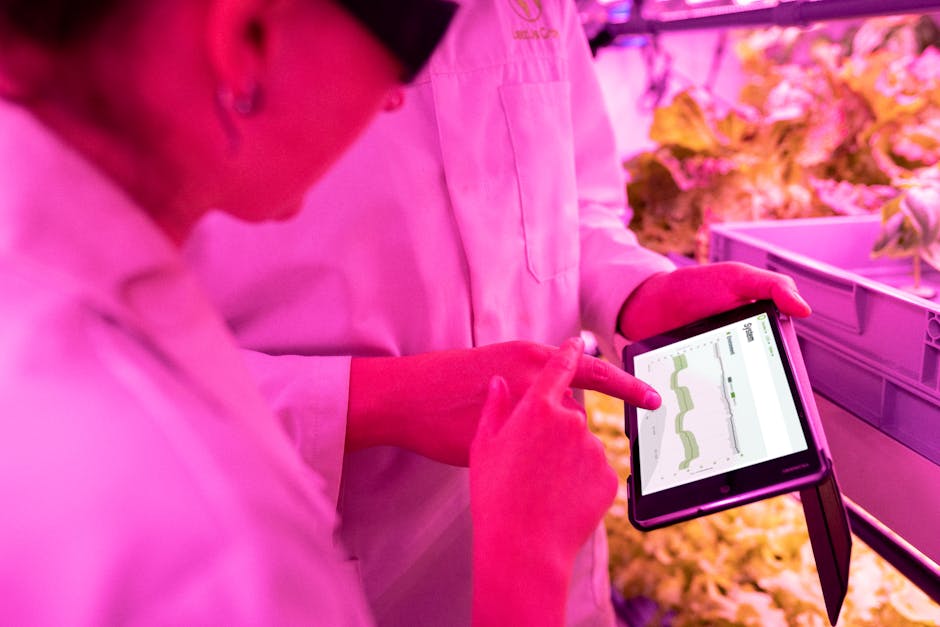
By connecting farms through IoT, farmers can gather and analyse data from various sources to gain valuable insights for maximising crop productivity and resource efficiency.
One of the key applications of IoT in agriculture is smart irrigation. With the help of sensors placed in the soil, farmers can monitor moisture levels and only water their crops when necessary. This not only saves water but also prevents overwatering, which can lead to nutrient leaching and plant diseases. By using IoT-enabled smart irrigation systems, farmers can ensure that their crops receive the right amount of water at the right time, resulting in healthier plants and higher yields.
Another area where IoT is revolutionising agriculture is soil analysis. Through connected devices, farmers can collect real-time data on soil composition, pH levels, nutrient content, and other important factors that affect plant growth. This information allows them to make informed decisions about fertilisation and other soil management practises. By optimising soil conditions based on accurate data, farmers can improve crop health and reduce the need for chemical inputs.
The integration of IoT into farming operations has enabled a new era of precision agriculture. Farmers now have access to a wealth of information that helps them make data-driven decisions for better resource allocation and increased productivity. As we move forward into the future of farming, this connectivity will continue to play a crucial role in driving innovation and sustainability in agriculture.
With all these advancements made possible by IoT technologies in traditional farming methods, it’s no wonder that vertical farming: growing crops in a controlled environment has gained popularity amongst tech-savvy growers looking for even greater control over their production processes without relying solely on outdoor conditions or land availability.
Vertical Farming: Growing Crops in a Controlled Environment
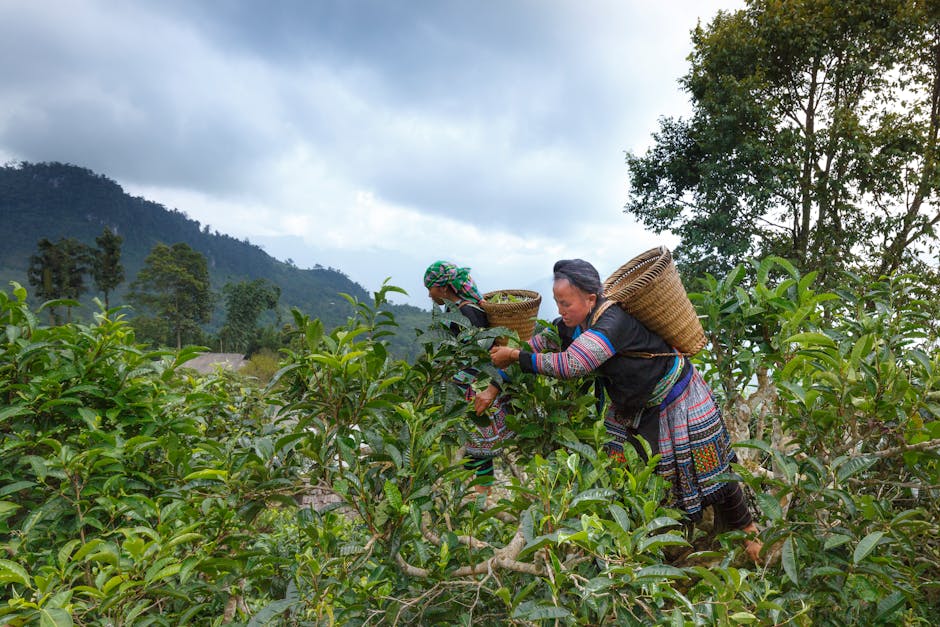
Imagine stepping into a world where plants flourish under artificial lights, with no dependance on natural sunlight or unpredictable weather conditions – that’s the power of vertical farming. This innovative form of indoor agriculture is revolutionising the way we grow crops by allowing farmers to cultivate plants in a controlled environment, all year round.
Vertical farming utilises hydroponic systems, where plants are grown without soil and instead receive their nutrients from water solutions. Here are five key aspects of vertical farming:
-
Space efficiency: Vertical farming maximises land use by stacking crops vertically, making it possible to produce large quantities of food in small urban spaces.
-
Water conservation: Hydroponic farming uses up to 90% less water compared to traditional agriculture methods, as water is recirculated within the system.
-
Energy savings: By using LED lights tailored specifically for plant growth, vertical farms can reduce energy consumption significantly while providing optimal light conditions for photosynthesis.
-
Pest control: The controlled environment of vertical farms minimises the risk of pests and diseases, reducing the need for harmful pesticides.
-
Year-round production: With vertical farming, farmers can overcome seasonal limitations and supply fresh produce consistently throughout the year.
Vertical farming holds great potential for addressing food security challenges and reducing our environmental impact. As we move forward into a discussion about robotics in agriculture and automating farming operations, it’s crucial to recognise how vertical farming serves as a foundation for these technological advancements.
Robotics in Agriculture: Automating Farming Operations
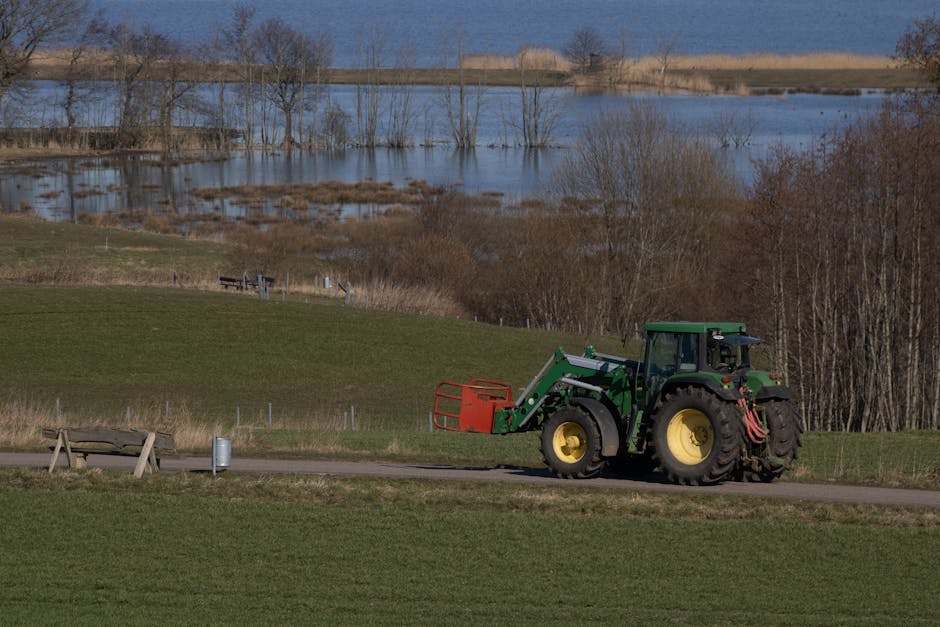
Robots are transforming the agricultural industry by automating various farming operations, revolutionising traditional methods and increasing efficiency. With the advancements in technology, automated harvesters have become a game-changer for farmers. These robots are equipped with sensors and cameras that can accurately identify ripe crops and efficiently harvest them. Not only do they reduce labour costs, but they also minimise crop damage and increase productivity.
Another area where robotics is making a significant impact is in weed control. Robotic weed control systems use artificial intelligence to detect weeds and apply targeted herbicides or remove them mechanically. By precisely targeting the weeds, these robots eliminate the need for widespread herbicide application, reducing chemical usage and minimising environmental impact. Furthermore, robotic weed control systems can operate autonomously, allowing farmers to save time and focus on other important tasks.
To help you understand the benefits of robotics in agriculture, here’s a table showcasing some of its advantages:
| Advantages of Robotics in Agriculture |
|---|
| Increased efficiency |
| Reduced labour costs |
| Minimised crop damage |
| Precise weed control |
| Environmental sustainability |
By incorporating automated harvesters and robotic weed control into farming practises, farmers can streamline their operations while minimising their environmental footprint. This shift towards automation not only increases productivity but also allows for sustainable agriculture practises that balance both productivity and environmental impact.
Now let’s delve into sustainable agriculture practises: balancing productivity and environmental impact
Sustainable Agriculture Practises: Balancing Productivity and Environmental Impact
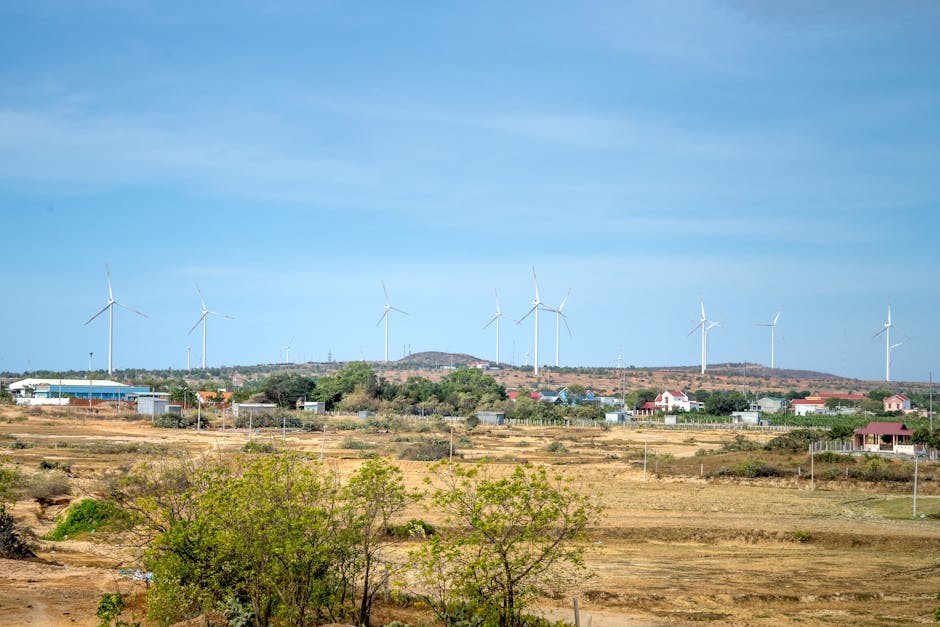
To truly achieve sustainable agriculture, you must find a way to balance high productivity with minimal environmental impact. One approach that’s gaining traction in the agricultural industry is regenerative agriculture. This method focuses on improving soil health and overall ecosystem function, ultimately leading to increased productivity while minimising negative effects on the environment.
Regenerative agriculture emphasises the importance of building healthy soil as a foundation for sustainable farming practises. Healthy soil not only provides essential nutrients for crops but also acts as a carbon sink, helping to mitigate climate change by sequestering carbon dioxide from the atmosphere. By implementing techniques such as cover cropping, crop rotation, and reduced tillage, farmers can improve soil structure and fertility while reducing erosion and nutrient runoff.
Another key aspect of regenerative agriculture is biodiversity conservation. By promoting diverse plant species within fields or implementing hedgerows and buffer strips around farmland, farmers can create habitats for beneficial insects, birds, and other wildlife. These organisms play crucial roles in pest control and pollination services, which can reduce the need for chemical inputs while supporting ecosystem resilience.
In addition to these practises, regenerative agriculture encourages the use of organic amendments like compost or manure instead of synthetic fertilisers. Organic amendments not only provide essential nutrients but also enhance soil microbiology and promote beneficial microbial activity. This helps improve nutrient cycling efficiency and reduces reliance on external inputs.
By adopting regenerative agricultural practises that prioritise soil health and biodiversity conservation, farmers can achieve higher productivity without compromising long-term sustainability. Such practises not only benefit the environment but also contribute to more resilient farming systems capable of withstanding climate change impacts. Embracing this approach paves the way for a truly sustainable future in agriculture where productivity goes hand in hand with environmental responsibility.
Frequently Asked Questions
How much does precision farming technology cost?
Precision farming technology costs can vary depending on the specific tools and systems needed. Implementation challenges may include initial setup, training, and integrating different components. However, the benefits of increased efficiency and yield potential outweigh these costs.
What are the potential risks and challenges associated with using drones in agriculture?
When using drones in agriculture, there are potential risks and challenges to consider. Regulatory considerations, such as obtaining permits and adhering to flight restrictions, must be taken into account. Additionally, ensuring data security is crucial for protecting sensitive agricultural information.
How can IoT technology improve the efficiency of water and irrigation management in farming?
Smart sensors and remote monitoring using IoT technology can greatly enhance water and irrigation management in farming. By collecting real-time data on soil moisture, weather conditions, and crop water needs, farmers can optimise irrigation schedules and conserve water resources more efficiently.
What are the main advantages of vertical farming over traditional farming methods?
Vertical farming offers several advantages over traditional farming methods. It increases efficiency by using less water, space, and pesticides. While start-up costs may be higher, the long-term benefits in terms of yield and sustainability make it a worthwhile investment.
How can robotics be used to minimise the use of pesticides and chemical fertilisers in agriculture?
Robotic pollination and automated weed control are innovative solutions to reduce the dependance on pesticides and chemical fertilisers in agriculture. These technologies offer precise and efficient methods of crop management, ensuring healthier plants while minimising environmental impact.
Conclusion
In conclusion, the digital revolution in agriculture, driven by AgTech solutions, is transforming farming practises and bringing about increased efficiency and productivity.
With precision farming techniques such as drone monitoring and IoT connectivity, farmers can now make data-driven decisions to optimise crop yield.
Furthermore, the rise of vertical farming and robotics in agriculture is revolutionising how crops are grown and harvested.
It’s interesting to note that according to a recent study, implementing sustainable agriculture practises can reduce greenhouse gas emissions by up to 50%, showcasing the potential for a more environmentally friendly future in farming.
Contact us to discuss our services now!
